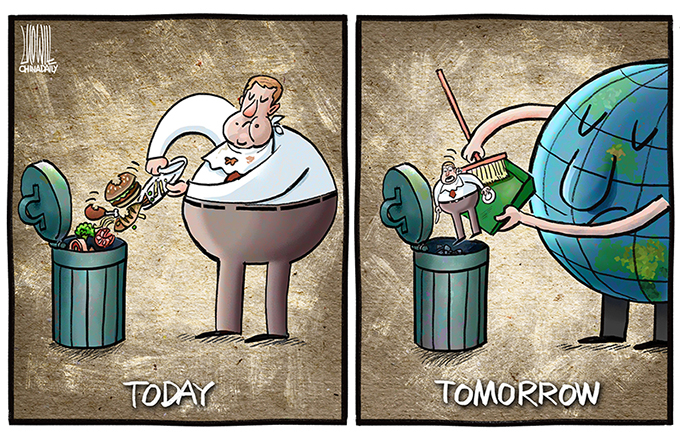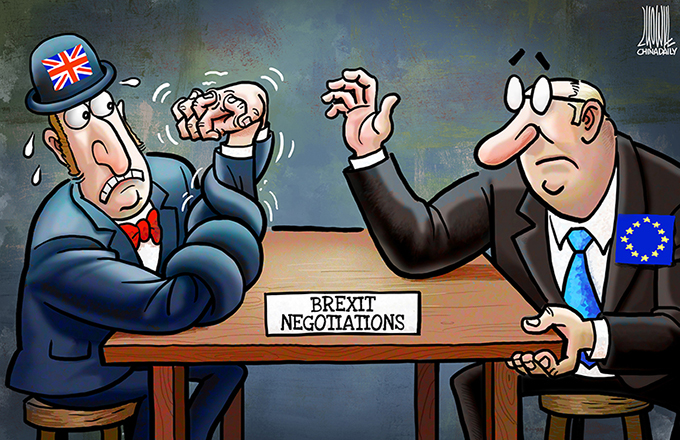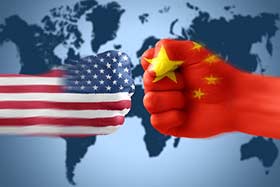US blind to Latin America
The Barack Obama administration and US media have made much ado about the "pivot" to Asia policy of Washington. What has largely escaped their attention, however, is that China has been lining up economic allies in the erstwhile "backyard" of the US.
Just as serious competition ought to awaken one's creative juices in business, it is time the US devised a suitable economic policy for Latin America.
The difference in the approaches of the US and China to Latin America and the Caribbean became all the more evident when US Vice-President Joseph Biden and Chinese President Xi Jinping visited the region.
The US' principal offer to its Latin American neighbors is the Trans-Pacific Partnership. The TPP offers Latin American and Asian countries access to the US market on the basis of a triple form of conditionality.
First, they must deregulate their financial markets. Second, they should adopt intellectual property provisions that give preferences to US companies. And third, they must allow private US companies to directly sue governments of countries that sign up to the TPP for violating any of its conditions.
Talk about a heavily conditioned offering!
So what is the Chinese approach? During his visit to Latin America and the Caribbean, President Xi offered more than $5.3 billion in financing, with few conditions attached, to its newfound Latin American friends. These offers will need to be confirmed, but according to media reports, during Xi's trip the Chinese signed deals for $3 billion in commitments to Caribbean countries for infrastructure and energy; $1.3 billion in loans and lines of credit to Costa Rica - a $900-million loan from China Development Bank for upgrading a petroleum refinery and a $400-million line of credit from Export-Import Bank of China for road infrastructure; and a $1-billion line of credit from Export-Import Bank of China to Mexico for its state-owned oil company PEMEX.
Making available this financing comes on top of the already $86 billion in financing provided by China to Latin American governments since 2003. Granted, that the amount - large as it sounds - seems just like another number in today's world. To put it into proper perspective, consider this: Since 2003, China's policy banks have provided more finance to Latin American countries than their counterparts at the World Bank, the Inter-American Development Bank and the US Export-Import Bank.
If anything ought to awaken the US from its past slumber and to change its attitude of taking Latin America essentially for granted, the above comparison ought to do it. Simply put, the US and the array of largely Western-dominated international financial institutions have been surpassed by China's financial strength.
Welcome to the brave new world!



















